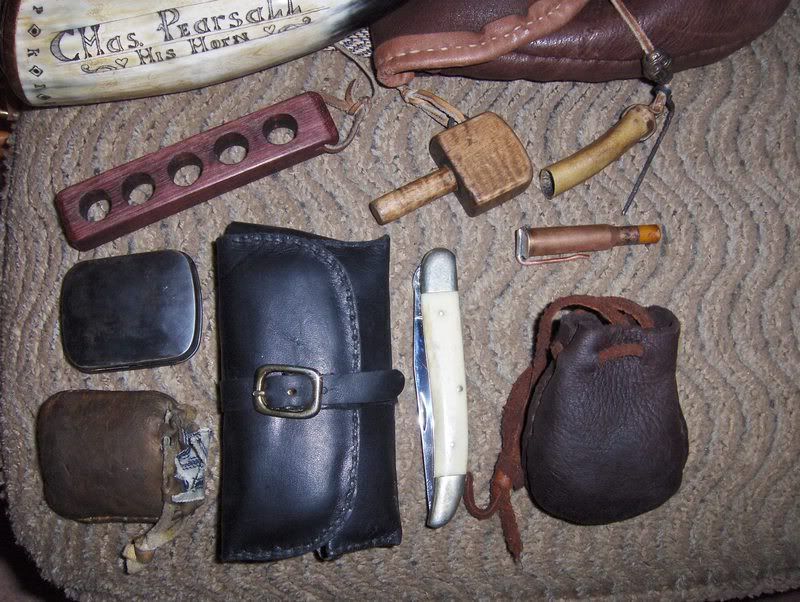Thank you for the comment. Most people have no clue what I am writing about. Not even when I take them out into the woods, sit them down, and ask them what they hear! Or point out calls, and ask them to point the location of the sound.
Don't dare ask them to tell you what the calls mean!
You learned to type well, so don't knock formal education. A wise man takes advantage of education wherever he can get it- even here! I was tracking as a kid, for years, keeping my passion secret, because I didn't want to be called Weird for any more reasons than I already owned publicly. When I began investigating crime scenes as an investigator for the local Public Defender's office, when I was an intern from law school, I found out to my total amazement that police were not trained to, nor expected to know, how to look for, see, and Read tracks when investigating crime! How do you find witnesses, how do you locate the crooks, how they came to the scene, and how they left, if you don't look for, see, and read their tracks??? My mother used to ask me to go find out "outdoors cat", to get him indoors during the sub-zero winters. I would find him- often several houses away, by tracking him. Mom never quite understood how I could find him so fast. In the summers, I could find him because the birds would be carrying on and following him, flying down at him, and warning others that he was on the hunt. I also could tell mom how close the mailman was based on which dogs in the neighborhood were barking at him.
I was so Naive, I actually thought Everyone did these things. :shake: :nono: :youcrazy: :shocked2: :idunno: :surrender: I earned a reputation as a good investigator in just a couple of months working for a Public Defender. I was finding evidence that proved that witnesses had lied to the police, that events as described by police reports could not have happened that way, and evidence of other persons who were more likely the guilty parties. The lawyer I worked for began having the reputation around the Courthouse as the " new Perry Mason". He called me to his office one day to ask me how it was I saw things others didn't at crime scenes, and how I was able to understand the importance of what I found, but also what I didn't find that should have been there if the events took place as the victims described.
Uh-Oh. Time to come out of the closet. I asked him if he ever watched The Lone Ranger, and if so, did he remember Tonto?? He did, and I then admitted to him that I was a "tracker", and read sign and tracks like he read the newspaper.
He smiled and asked if I was like Tonto, and I said in return, Yes, only a lot better! Then I explained how the Hollywood writers would make Tonto a terrific tracker following bad guys over bare rocks one day, and the next day he could not follow 3 or 4 horses across sand and dirt!
He then took me through every case I had worked on for him, and asked me in detail to explain how I found this or that piece of evidence.
He ended the session by telling me how other lawyers were calling him the new Perry Mason, and that he had never had an investigator, not when he was an Assistant States Attorney, an Acting States attorney, court appointed counsel, or as an Assistant Public defender, that produced more results than I had. He was hoping that I would continue as his investigator and clerk, as I progressed through Law school.
I still surprise friends and relatives by seeing and hearing things they never notice, sometimes interrupting conversations to point out wild animals nearby, for instance. I have been doing this "weird" thing of mine( tracking both people and animals) now for 56 years +, so I really don't how I will ever stop. I rarely consciously think about it. I just do it out of habit.
I hope my occasional comment here on the forum helps some of the younger hunters expand their knowledge about hunting skills. Older hunters actually can learn more " new tricks" than the young guys, because they immediately recognize information that fills in a gap in their base of knowledge, and understand how to use that new knowledge.





















